Squadra Stencil Collection
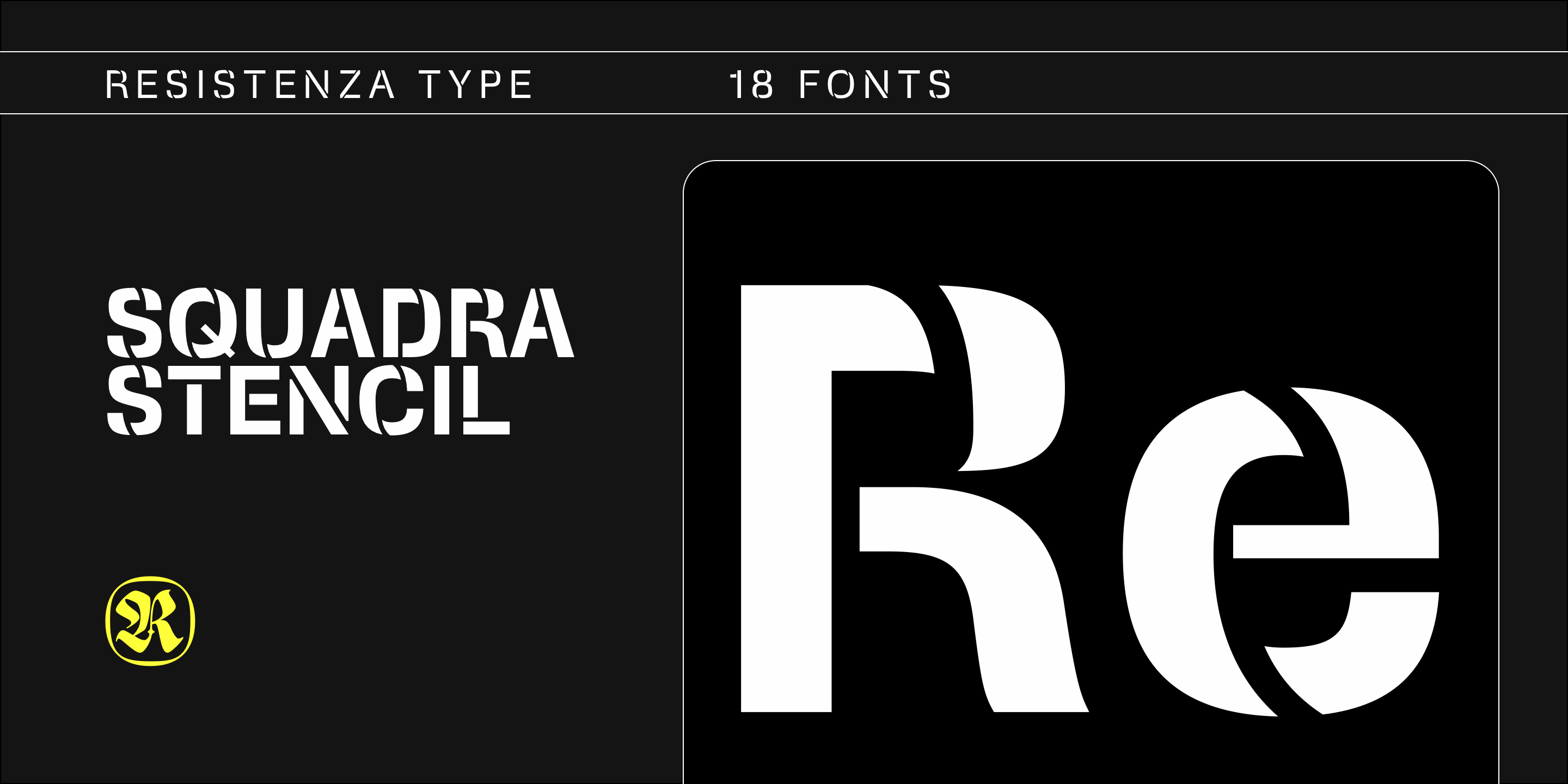
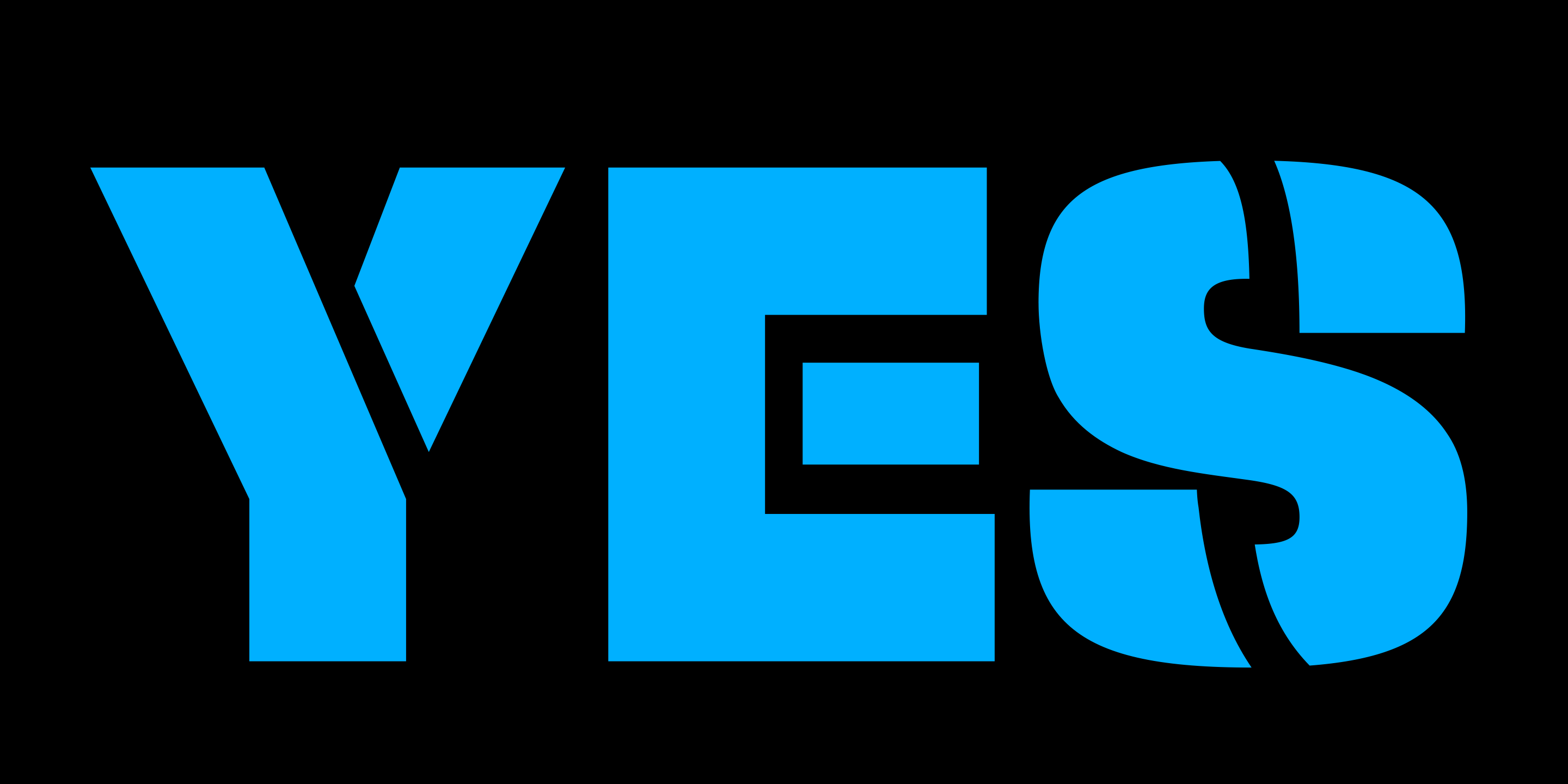
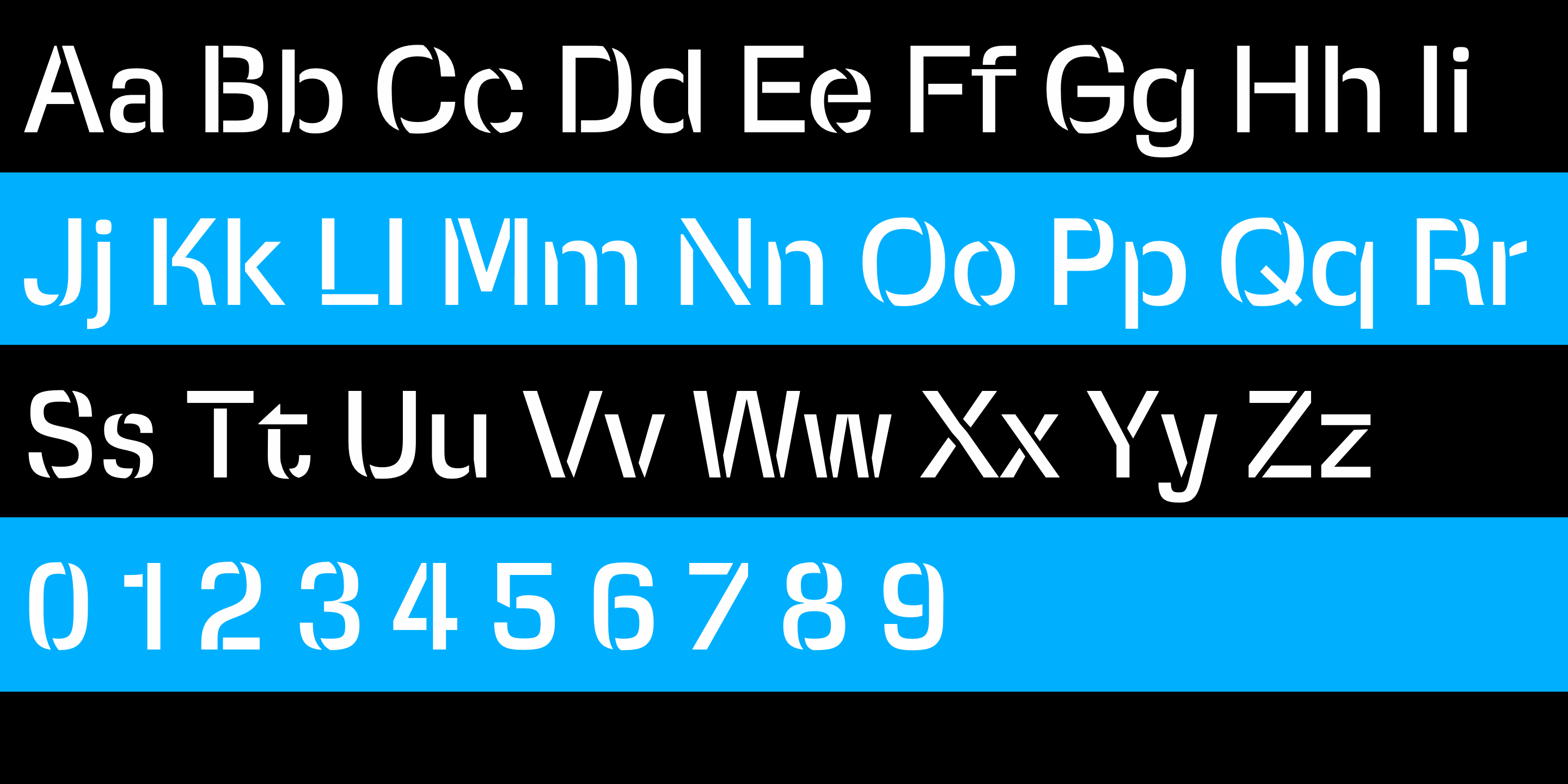
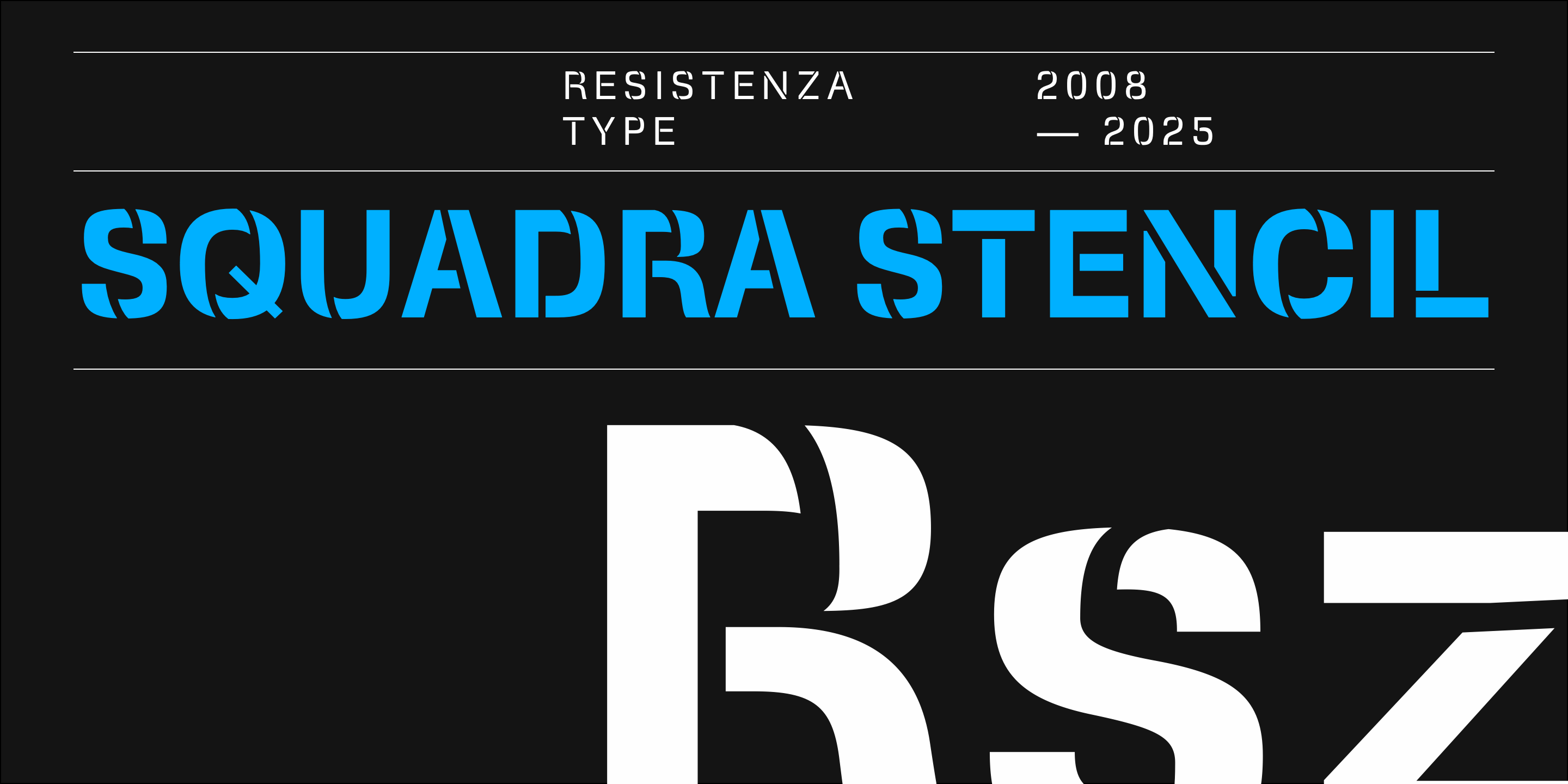
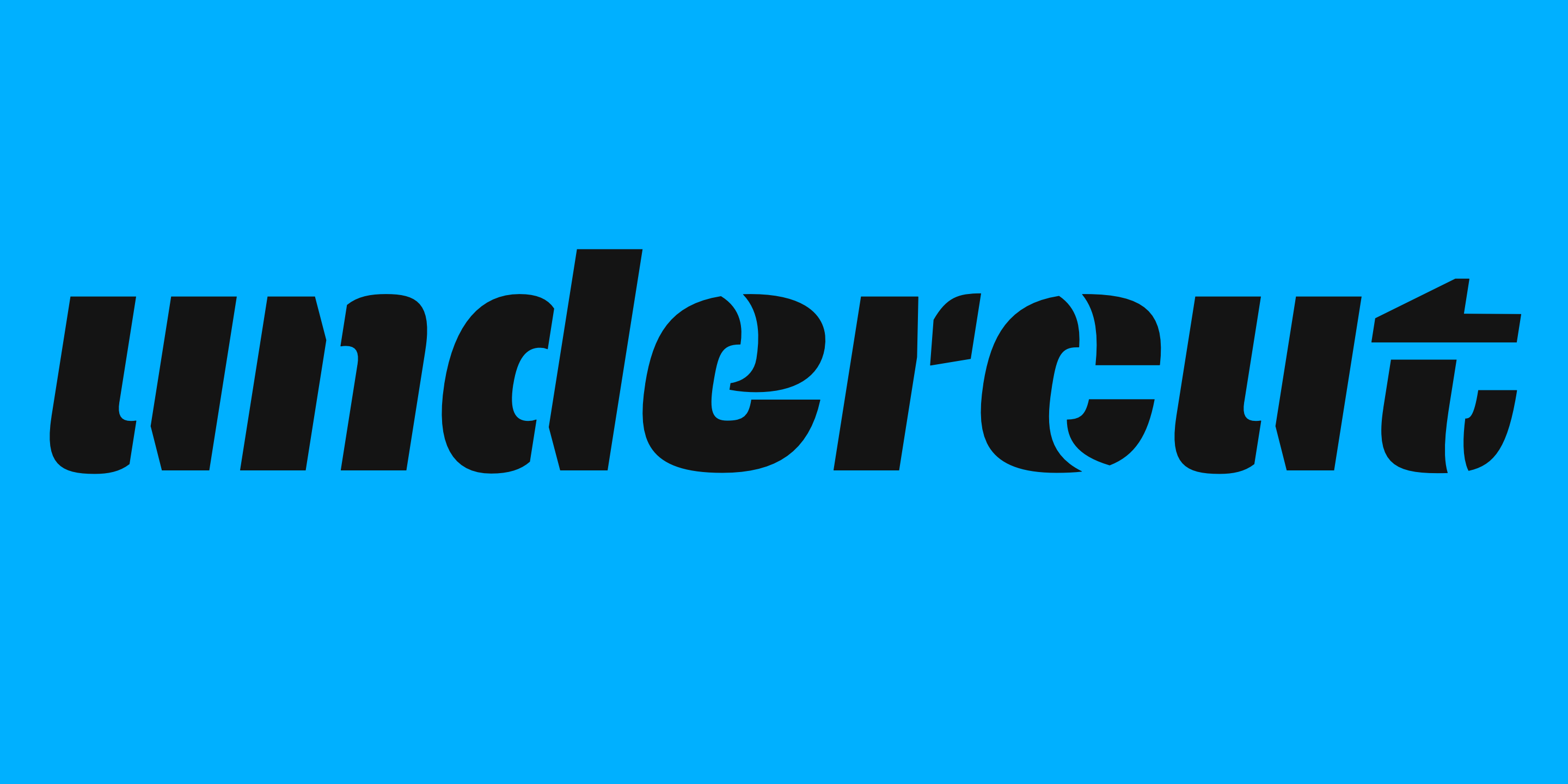
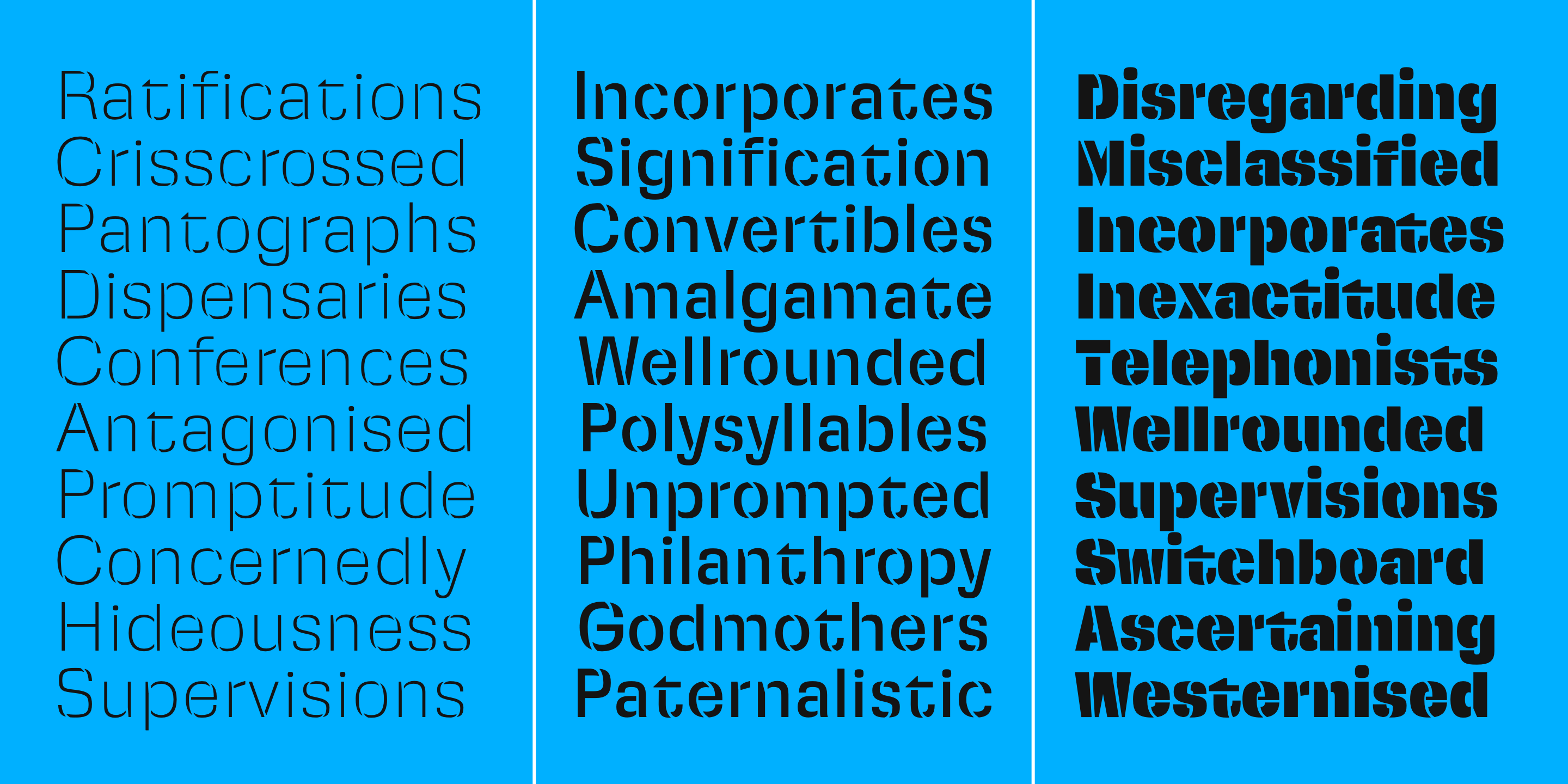

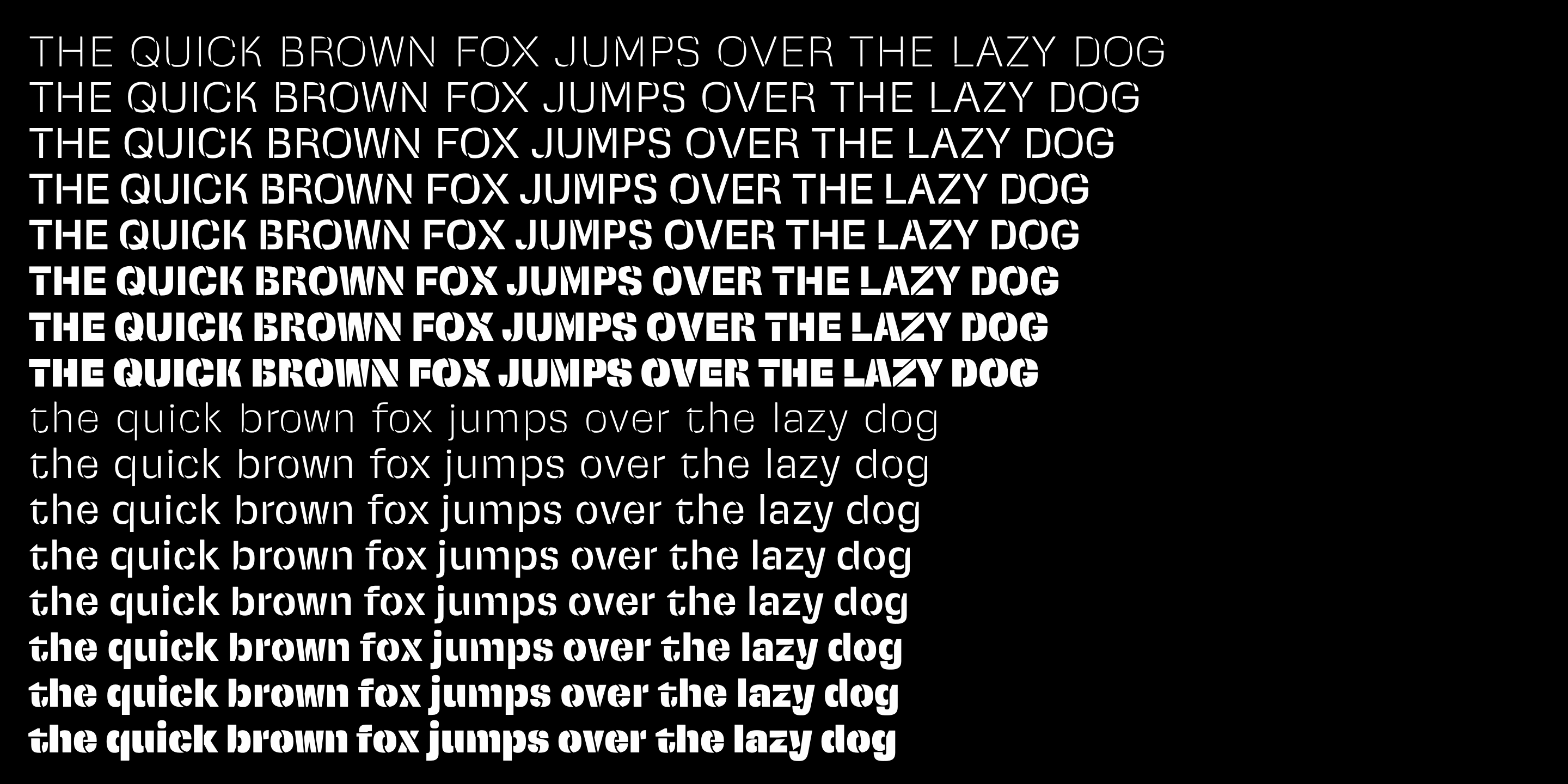
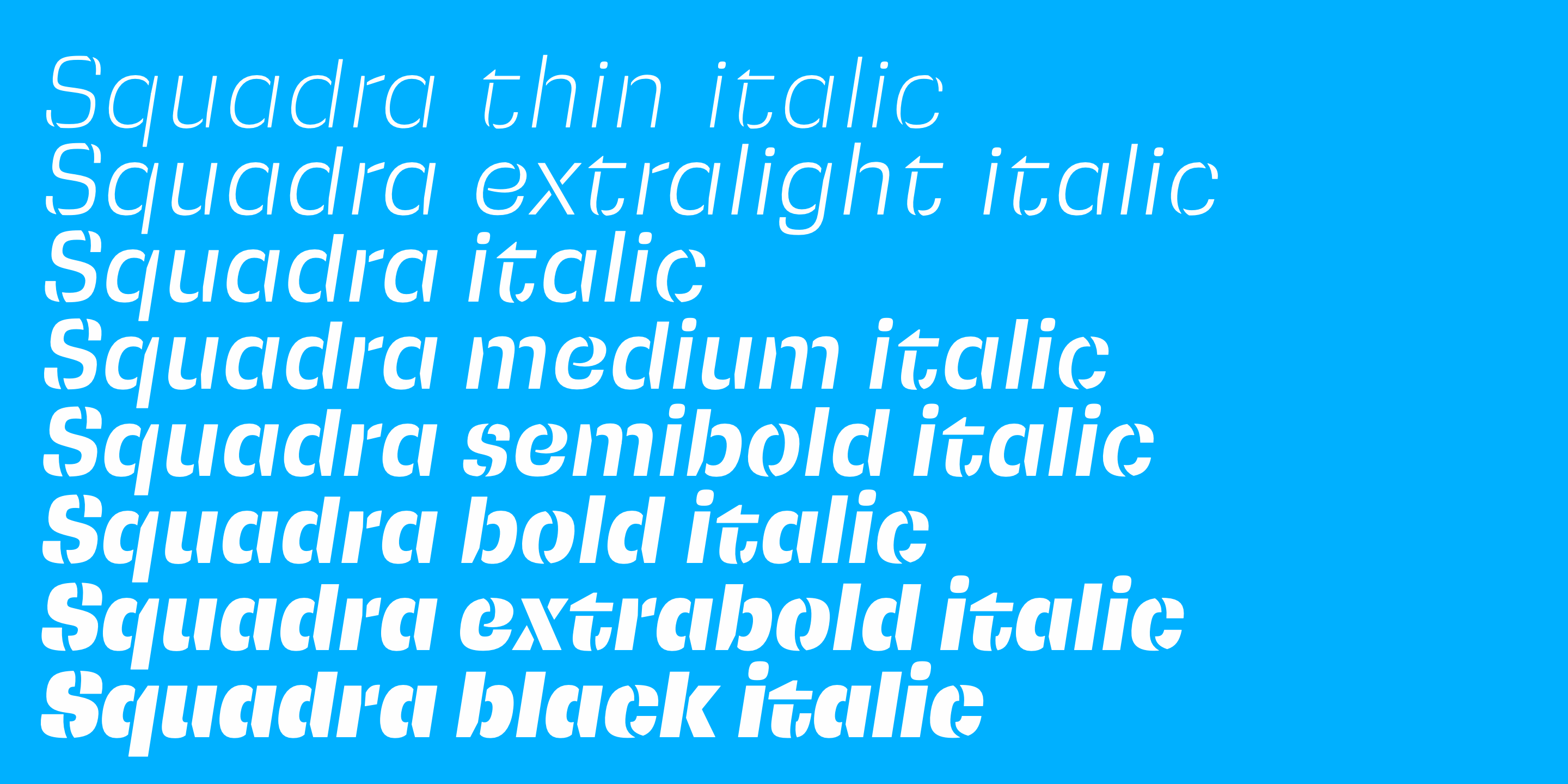
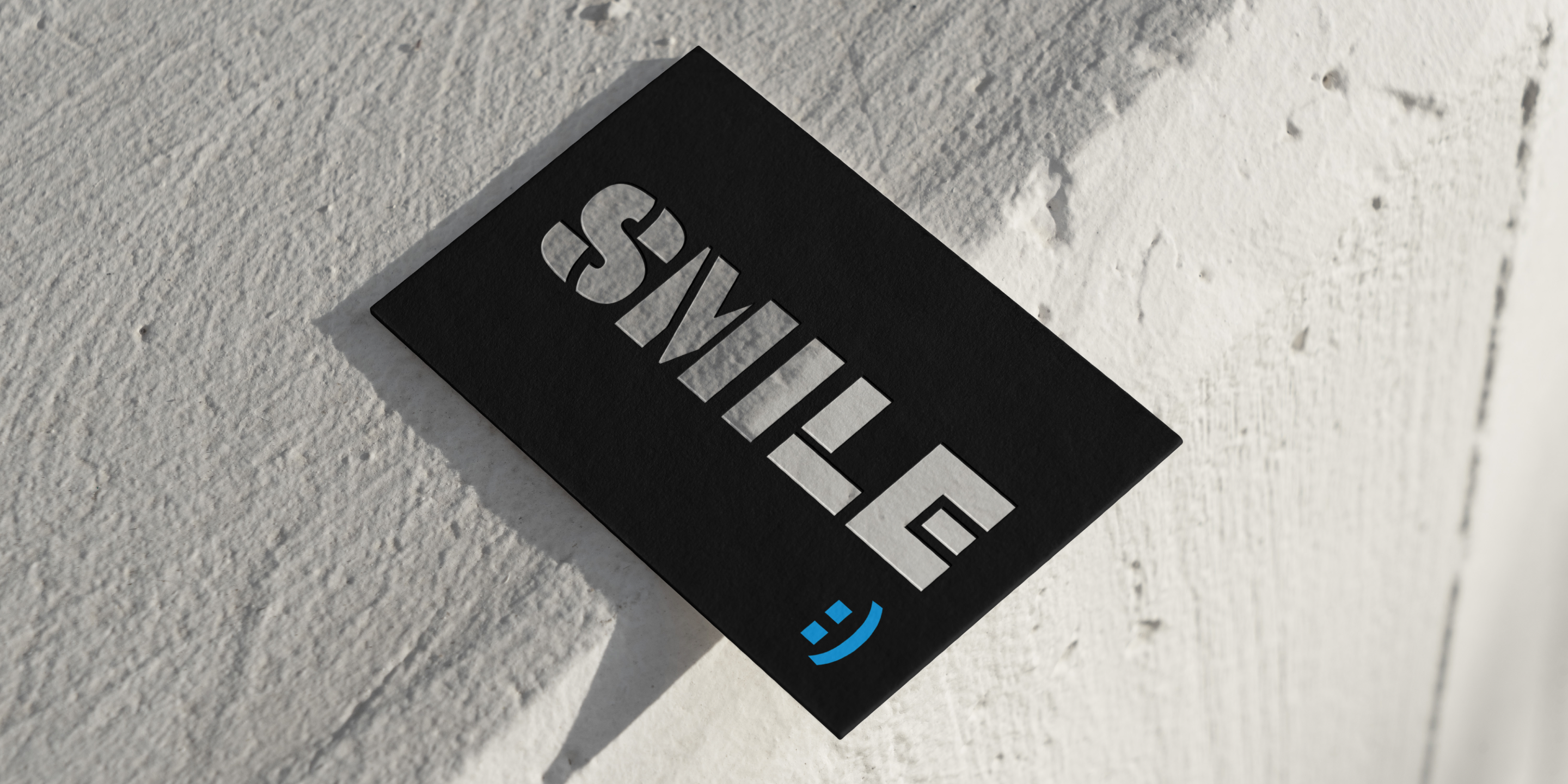
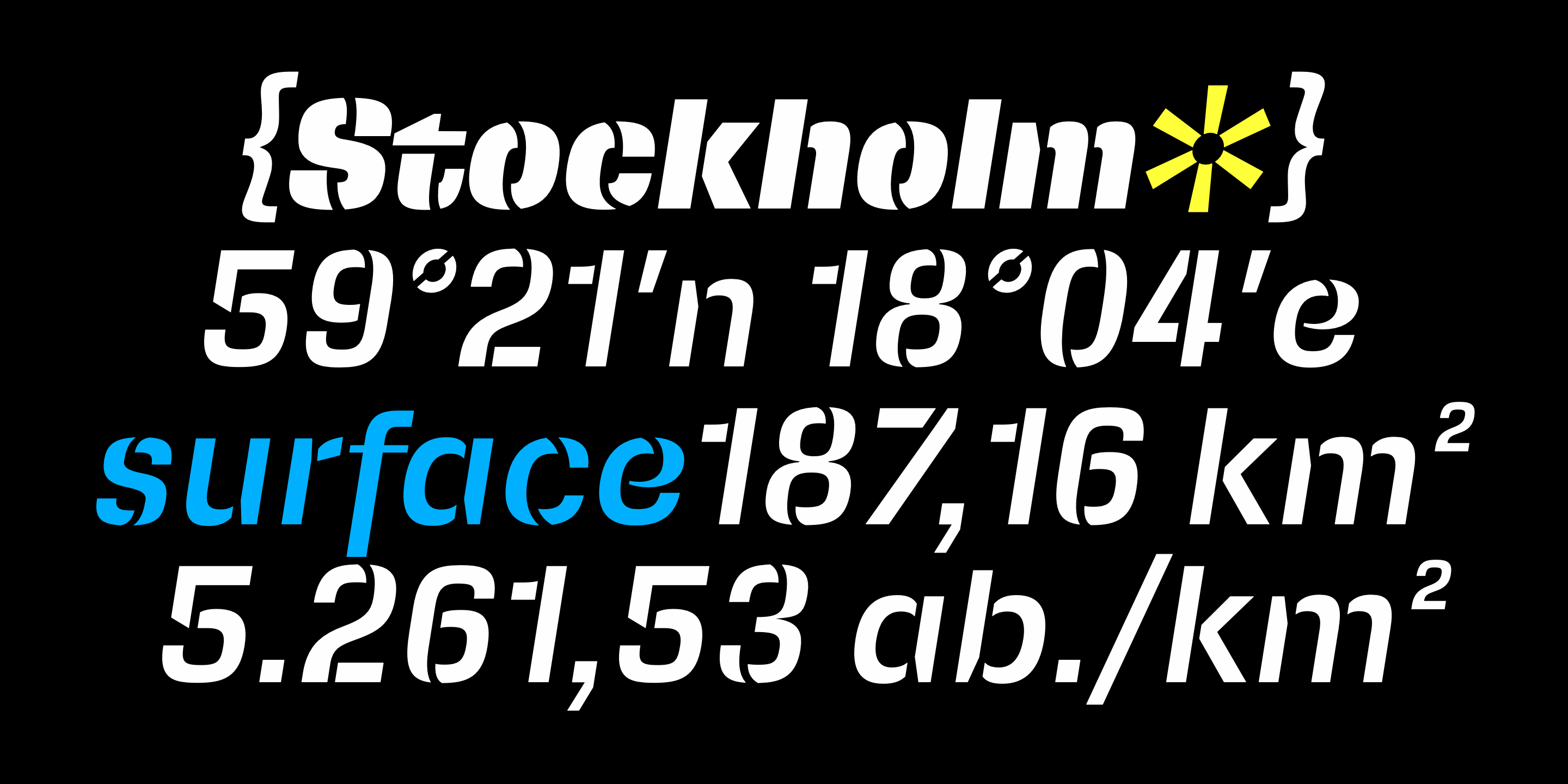
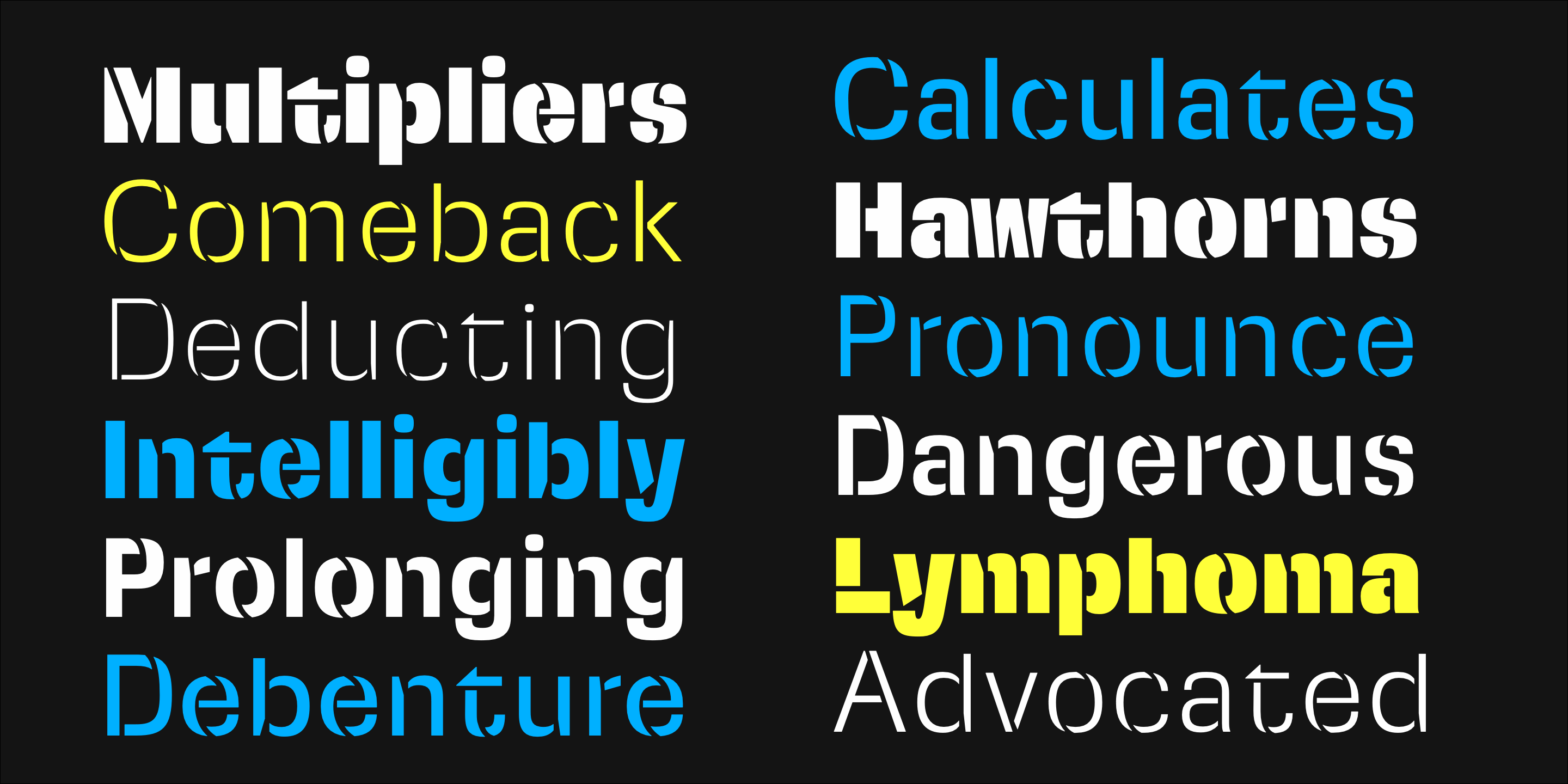
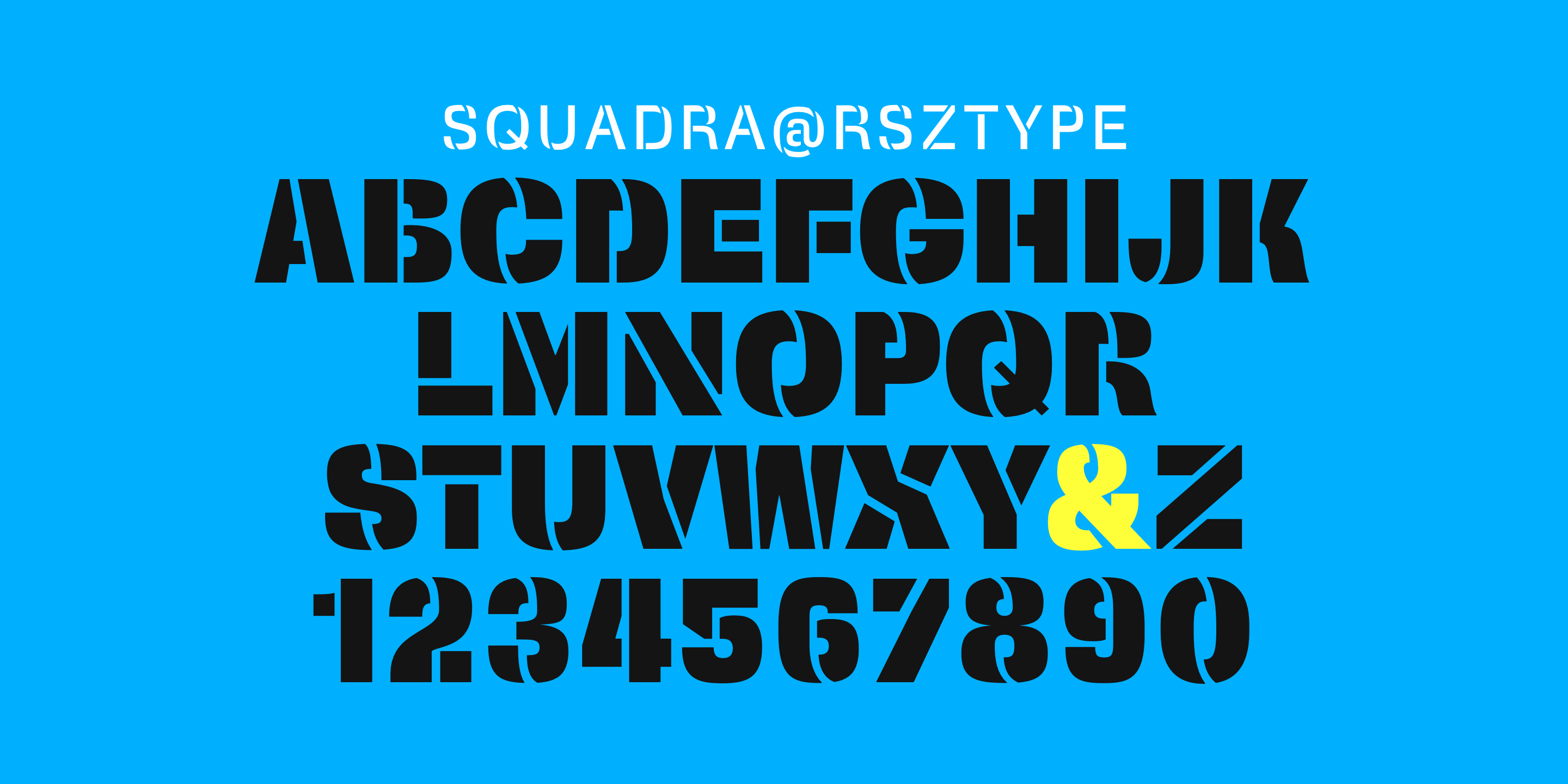
Squadra Stencil
Thin ExtraLight Light Regular Medium SemiBold Bold ExtraBold BlackSquadra Stencil Italic
Thin Italic ExtraLight Italic Light Italic Italic Medium Italic SemiBold Italic Bold Italic ExtraBold Italic Black ItalicA stencil, squarish, strong and solid, squad!💪
Squadra Stencil
Designed by Resistenza Type FoundrySquadra Stencil is a bold and modern stencil typeface with a unique geometric and modular aesthetic based on our previous release Squadra.
It features a strong rectilinear and angular structure, with precisely placed breaks in the letterforms that create the stencil effect while maintaining legibility.
These carefully crafted cuts give the font a high-tech, futuristic look. The typeface family includes multiple weights ranging from thin to bold, offering a versatile typographic palette. Italic styles introduce dynamic forward-leaning shapes that add movement and energy, while certain glyphs incorporate curved stencil breaks, setting them apart from conventional rigid stencil fonts.
Squadra Stencil seamlessly combines elements of industrial signage, brutalist typography, and futuristic sci-fi aesthetics, reinforcing its modular nature with striking letterforms such as the R, S, and Q. Designed with an extended character set, it includes uppercase, lowercase, numerals, and symbols, ensuring broad usability. Some styles feature rounded, curved, or unexpected stencil gaps, departing from traditional military-style stencils and adding a contemporary edge.
This typeface is ideal for a variety of applications, including branding for futuristic or industrial-themed projects, editorial and magazine design, tech-related interfaces, luxury fashion identities, and bold poster compositions. Squadra Stencil is a perfect balance of precision, modernity, and experimental stencil typography, making it both highly functional and visually compelling.